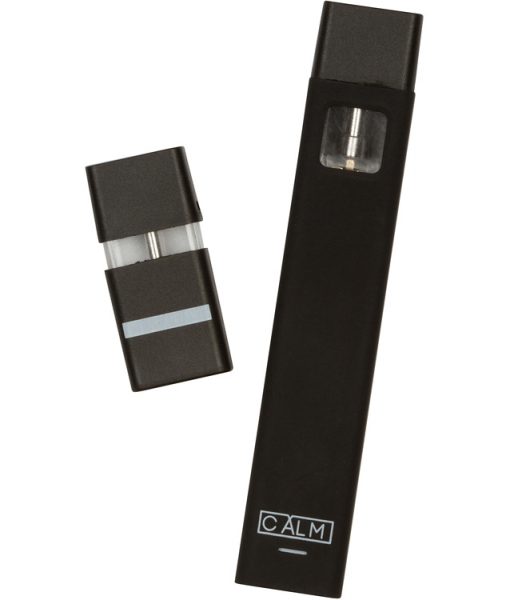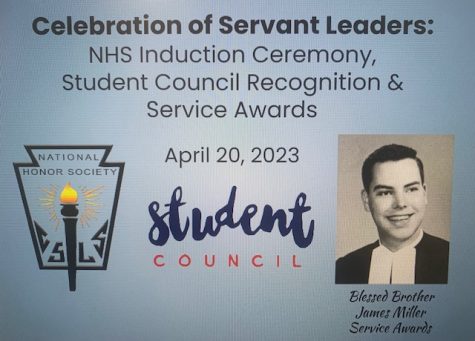Teachers see education as best weapon against vaping

Photo credit: calmvape.com
Vaping seems to be everywhere these days whether it’s in a bathroom at home, a friend’s house, or even at school.
While the health effects don’t seem to be clear to a lot of kids, that hasn’t stopped them from trying it.
For schools, including Cotter, how to handle this issue has become a real issue. Currently the punishment is the same as tobacco, but due to how easy it is to vape without being noticed, more students nationwide are vaping in school.
The numbers of youth vaping in the U.S. has increased dramatically. Researchers at the National Institute of Drug Abuse have found a jump from 27.8% of teens vaping in 2017 to 37.3% in just one year (drugabuse.gov).
Schools have also seen an increase of students using vapes and this activity is also seen here at Cotter as well, with several students being suspended for being caught vaping during school hours.
According one anonymous Cotter student, he started vaping about two years after he quit regular cigarettes.
The main reason why he started to vape was to transition from regular cigarettes and into vapes. He also says that about three to four of his friends also partake in the activity of vaping. When asked about if he was aware of the health concerns of vaping, he said “yes” and also said that “there isn’t a lot of research yet on the long term effects of vaping.”
He has never been caught at school for vaping but he says that if a person were caught, that “their vape should be taken away because the Cotter handbook says no tobacco products in school and that Cotter needs to counsel the person to help fix the problem.”
“Nicotine is so addictive which makes it so difficult to quit.”
The second Anonymous student states he started vaping two years ago as well. His motivation for participating in the activity is that “The buzz is enjoyable.”
Not many in his friend group vape anymore but there is still about two. When he does vape, it is not at Cotter.
Finally, a third student has claimed that he started two years ago as well. His reason for vaping was to get away from regular cigarettes.
He claims that about 10-15 of his friends vape as well. This person states that “I have done research on the effects of vaping but I still do it.” He says that he was caught once and received an in-school suspension.
Many teachers at Cotter feel very strongly about vaping at Cotter and view it as something that needs to be banned.
Mr.Paulsen’s stance on the issue is that “Science has proven that vaping is dangerous. I don’t like to see anything dangerous happen to our students.”
To prevent students from vaping at school he says “I check the bathrooms frequently” and “As much as I can I try to model a healthy lifestyle.”
If Mr. Paulsen were in charge of punishments of vaping he states that “Punishment should include informing the student of what the risks are.”
“The student might owe some kind of service to Cotter for disrupting the environment at Cotter.” Vaping also is exposed to younger students.”
Mr. Williams says that “Students should not be vaping at all. We don’t know the real health effects of vaping.”
Mr. Williams has not caught anyone vaping yet and has not heard of anyone vaping in a while.
Mr.Williams states that he “talks individually to students about how I feel about vaping.” He has not done anything formally to prevent vaping. He is not sure what punishments should be brought out for someone vaping and that it should be handled by someone else.
Mr. Whaley is very opposed to vaping in schools. “I have sometimes vaguely picked it up in the building.”
To crack down on vaping, Mr. Whaley made his 8th graders do a unit on the topic and made them do research about it. His punishments for vaping at school would be similar to that of smoking.
“We have to help them with this addiction. Punishment is not the best avenue. We need to educate them and make it less cool.”








